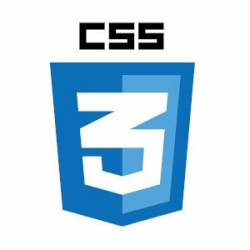Multiple v-model Bindings in Vue 3
In this guide, I will explain the new v-model in Vue 3 and go through a new feature that permits you to utilize various v-model on the same component!
The v-model directive permits us to bind an input value to the state of an application. We use it to make a two-way data binding on the form input, textarea, and select elements.
The core idea of the v-model remaining the same as before in Vue 3 with more enhancements and features. Let’s dig in!
`v-model` in Vue 2
Vue 2 supports a single v-model for any Component. In Vue 2, to build a complex Component that upholds two-way data binding, it uses a single v-model.
The Component handles the state internally for all the input elements. It produces a single payload object speaking to the state of the Component. Finally, it emits an event to the parent Component with the payload data.
This strategy had a few pitfalls, particularly for making Vue UI Libraries. It's unclear what's being included for the payload. A developer needed to loop through the payload object to reveal what properties were there.
`v-model` in Vue 3
In Vue 3, the v-model directive has had a redesign to give developers more power and flexibility when building custom components that help two-way data binding.
The v-model directive now supports new defaults.
The default v-model property is renamed to modelValue rather than the old name of the value.
The default v-model event is renamed to update:modelValue rather than the old name of the input.
You may be thinking that is additionally typing when utilizing the new v-model directive. The Vue team is one step ahead and has given you a shorthand to use instead. Let’s rebuild the custom component using it.
<!-- Other elements in the Component -->
<input
type="text"
:value="modelValue"
@input="$emit(update:modelValue, $event.target.value)"
>The custom component defines a single prop named modelValue as follows:
props: {
modelValue: {
type: String,
default: '',
required: true
}
}At that point, in the parent component, utilize the new custom component as follows:
<CustomComponent v-model:modelValue="name" />The new v-model directive offers the new shorthand that is used like this:
<CustomComponent v-model="name" />The v-model directive expects that the CustomComponent defines an internal property named modelValue and emits a single event named update:ModelValue.
If you would prefer not to utilize the default naming convention, don't hesitate to utilize another name. Make sure to be consistent when naming properties. Here's an illustration of utilizing a custom name for the modelValue property.
<!-- Other elements in the Component -->
<input
type="text"
:value="fullName"
@input="$emit(update:fullName, $event.target.value)"
>The custom component above defines a single prop named modelValue as follows:
props: {
fullName: {
type: String,
default: '',
required: true
}
}At that point, in the parent component, you utilize the new custom component like so:
<CustomComponent v-model:fullName="fullName" />Notice the utilization of the property fullName rather than the default property name.
Vue 3: Multiple v-model directive bindings
With this, the v-model gives the adaptability to utilize multiple v-model directives on a single component. The modelValue can be renamed to anything you desire.
In this video, Multiple v-model directive is explained in detail:
Conclusion
Vue 3 has many new features and enhancements. Today, we saw how we utilize multiple v-model directives on a single component instance. There is a lot more to learn and uncover in Vue 3.











Please login or create new account to add your comment.